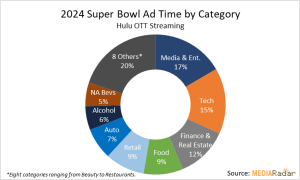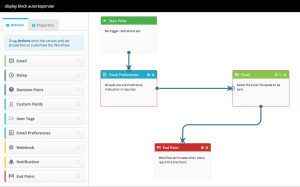by Laurie Sullivan@lauriesullivan, December 5, 2016
Location-based advertising and marketing will increase mobile investments in 2017 by a compounded annual growth rate of 15.6% for mobile search, but marketers still struggle with offline-to-online attribution, according to data released Monday. This disconnect causes marketers to lose sight of the purchase at the point of sale.
BIA/Kelsey has released a report detailing how the rise of location-based targeting and demographic customer segmentation, which will drive more than $29.5 billion in campaign revenues by 2020, will determine whether a brand is found by local consumers when they are ready to buy.
Local video and messaging channels will support the shift. BIA/Kelsey also estimates 30% growth for local video, as well as 84.6 % growth across messaging channels, which will integrate chatbot technology during the next five years.
The omnichannel experience will enable marketers to use technology to combine display advertising, textual and video social placements, direct mail, and direct messaging to “assess a customer request and route it to the appropriate sales contact” or serve the correct advertisement that makes real customization possible.
Local strategies require anchor data. BIA/Kelsey’s paper describes a model for understanding and coordinating brand messages globally in a world where location and search become strong allies. For example, a growing amount of consumer data will become available to brands, but location or “place” targeting based on name, address, phone and retail location will become very important.
“With local data tied to places, through the SEO listing, it becomes a tractable problem to identify the locally unique offers that should be invested in and those that can be retired without harming revenues,” according to the report. “These decisions are discovered as near the local market as possible, because additional context is lost as the amount of data aggregated for consumption by global brand managers increases.”
BIA/Kelsey suggests marrying subscription lists for retailers to support organization newsletters, which can improve the effectiveness for each targeted segment. But without the listing name, address and phone number, analysts suggest that it is difficult to de-duplicate consumer data or study overlapping customer relationships with multiple retailers to understand how brand messages can be improved.
MediaPost.com: Search Marketing Daily
(63)
Report Post




